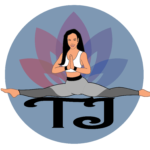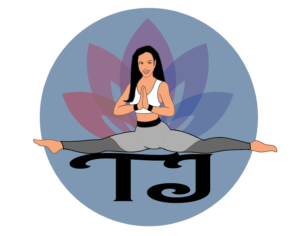For Common Beginner Frequently Asked Questions
General FAQ
General
No, you are free to try other levels but to prevent you from injuring yourself, we recommend that you work through the levels. Establishing correct basics is necessary to progress and avoid injury.
Advanced yogi’s will take a basic class if that is appropriate for their body so never hesitate to start low and build upwards. The Intermediate Level is equivalent to the average Intermediate class in most yoga studios. The difference here is that Beginner Level has been broken down to ease transition from Non Practitioner to Intermediate. Read the section on Levels under the New Student for a breakdown of details.
Yes, with moderation and modifications. I suggest that you visit the Quick Clinics to learn modifications for common poses, then start with Nurturing and Novice classes as you learn to adapt to your particular issues. Obviously you will want to listen to your doctor and your body as to what is appropriate for you. Many of the students have found their issues have lessened after having practiced for a while. This page was created for those of us with issues, so you are not alone! If you have specific questions on poses and your needs, you can send me an email or an after class Q&A.
General Class Questions
No, the Zoom classes are a bonus! They allow you to practice in your own home but still get feedback from an instructor. They are followed with a Q&A so that you have the opportunity to ask questions that you may have had about class. Some students like having set meeting times to help keep them accountable.
No, the Zoom classes are a bonus! They allow you to practice in your own home but still get feedback from an instructor. They are followed with a Q&A so that you have the opportunity to ask questions that you may have had about class. Some students like having set meeting times to help keep them accountable.
All classes are uploaded into the Library for you to take at your convenience. You are free to email questions, understand that it may take a day to two to get a response.
Any time you take a class you are benefitting, so even 1 class is good. Most people feel that 3 classes per week is optimal for them. As we age, allowing time to rest is just as important.
Decide how much time you have and what is your goal. Maybe you only have 10-15 minutes, then a Take10 or a Tabata is good. Maybe you’re stressed, then take a Sleep class. Then choose your Level and Intensity. Intensity within the Level fine tunes the amount of effort you’ll need to exert. (Remember a Beginner/High will be easier than a Improver/Low)
No! Start with the class LEVEL that is appropriate to you. Then focus on the INTENSITY of the class. Starting with the newest class and working backwards is fine.
Class Preparation
Specialty classes include: Chair Yoga, Holiday/Special themed classes, and Series Classes.
The Series classes take a posture sequence and use them in several classes with increasing challenge giving the student the opportunity to feel how to progress their skills in various postures.
See the Props page for details about the different types of props and substitutions that you can use. Be sure to check this out before making any purchases so that you are an educated shopper. Some classes require props, sometimes props are optional. It is wise to have props nearby ‘just in case’.
While you don’t want to take the class if you are hungry, you also don’t want to take a challenging class on a full stomach. For most people, neither one of these is dangerous, just uncomfortable. If you haven’t had a meal, then you might prefer to have a light snack before class. (A bonus: Many students find that taking a class before a meal lowers their appetite and they eat less.)
Taking Class
Of course! If a posture is not right for you, then you shouldn’t do it. (An example: I have arthritis in my neck so I gave up my headstand practice.) Maybe you just need to skip a posture on certain days, maybe you need to learn substitutions you can do in place of that posture, maybe you need to learn what modifications you can use to make that posture accessible to you. Always listen to your body (and doctor).
‘The Right Way’ is different for every body. Just because your posture doesn’t look like someone else’s, doesn’t mean you’re doing it ‘wrong’. The only thing ‘wrong’ is doing things in a way that will get you hurt. Use props, modify, skip postures as needed. Remember you are doing this for improvement not competition.
Breath is the most important part of yoga, with the majority of writings devoted to breathing. Students often realize that they are holding their breath in many of their poses which leaves them gasping. Some postures challenge the breath because of the position. As time goes by you will get more comfortable linking your movement to your breath and you won’t be working so hard to breathe.
Most people think that yoga is just about stretching and relaxing, that is not the case. We need to balance flexibility and strength, and the relaxation comes after the work is done. Habits of motion over years bring imbalance to our bodies, not only do we need to loosen up areas that are tight, but we need to strengthen areas that are weak. Shaking muscles are a sign that you are working and growing. A little is ok, but too much and maybe you need to back off a little bit.

